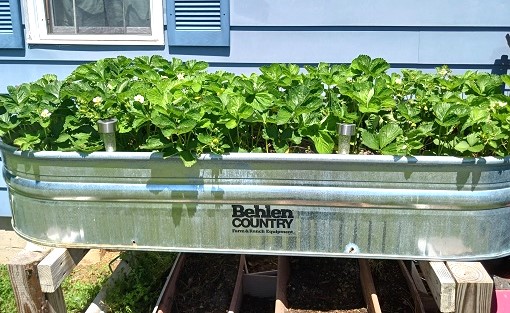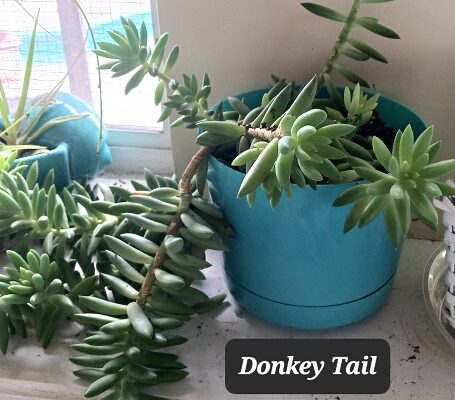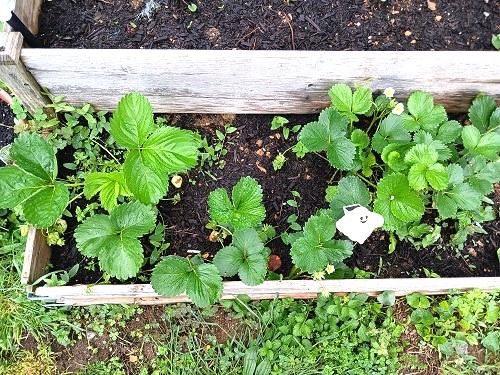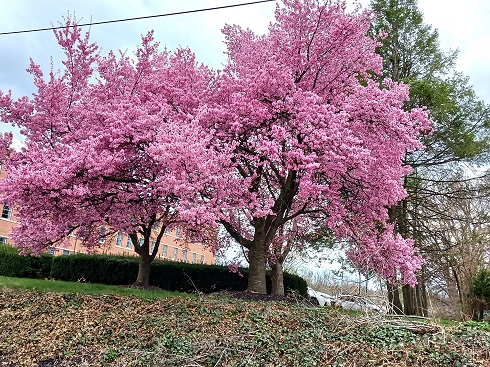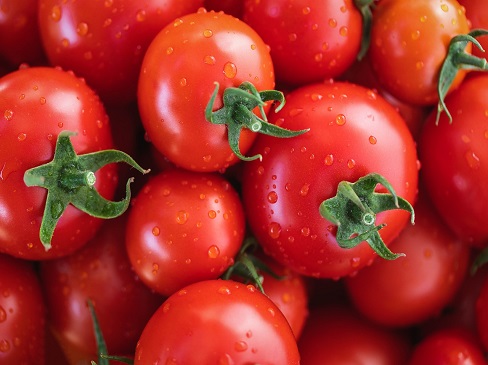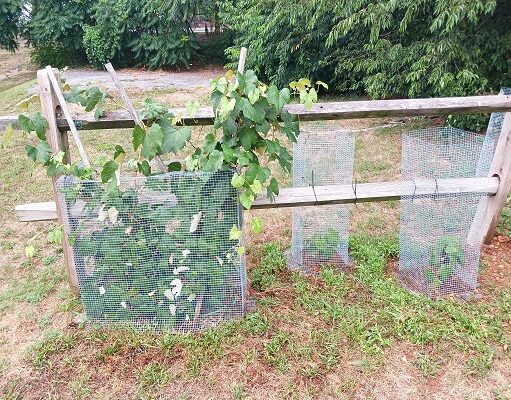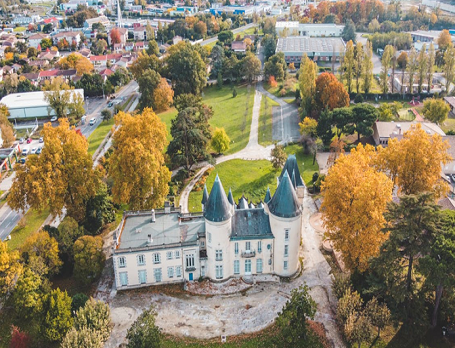 As the world becomes more environmentally aware, many homeowners are looking for ways to make their homes greener inside and out. Landscaping offers an excellent opportunity to promote sustainability, reduce energy consumption, and create a beautiful outdoor space that benefits both nature and the homeowner. Sustainable landscaping involves using resources to minimize environmental impact while still achieving the desired aesthetic. One way to accomplish this is by incorporating low-maintenance options such as landscaping grass, which reduces water usage and eliminates the need for harmful pesticides. With the proper techniques and materials, homeowners can design landscapes that are not only beautiful but also environmentally friendly.
As the world becomes more environmentally aware, many homeowners are looking for ways to make their homes greener inside and out. Landscaping offers an excellent opportunity to promote sustainability, reduce energy consumption, and create a beautiful outdoor space that benefits both nature and the homeowner. Sustainable landscaping involves using resources to minimize environmental impact while still achieving the desired aesthetic. One way to accomplish this is by incorporating low-maintenance options such as landscaping grass, which reduces water usage and eliminates the need for harmful pesticides. With the proper techniques and materials, homeowners can design landscapes that are not only beautiful but also environmentally friendly.
Using Native Plants to Create a Sustainable Landscape
The selection of native plants represents an effective method to establish sustainable landscapes. The natural vegetation in your vicinity includes native plants developed through local climate adjustments. Native plants need less water and fertilizer and require less maintenance than non-native species. Native plants function as food sources and shelter spaces for local wildlife, thus enabling sustainable ecosystem function.
Native species in the garden help homeowners decrease their requirements for environmentally harmful chemical pesticides and fertilizers. Native plants demonstrate increased resistance to local pests and diseases, resulting in decreased homeowner maintenance requirements, thus reducing maintenance time and costs.
Native plants enhance the quality of local soil, delivering several advantages. Locally adapted plants perform two essential functions: protecting the soil from erosion while maintaining support for the correct soil structure. Native plants also increase biodiversity by serving as habitats for many insects, birds, and small animals.
Native plant nurseries in various regions allow homeowners to quickly build sustainable gardens or lawns through their wide selection of native plant options. Selecting native vegetation that matches local habitat requirements brings dual advantages to environmental sustainability and longer-term reduced water usage and gardening maintenance expenses.
Embracing the Power of Mulch and Compost
Sustainable landscaping heavily depends on mulching and composting as two vital elements. Mulch, as a soil covering material, helps retain water in the ground while blocking weeds and strengthening soil composition. Wood chips, straw, and leaves constitute standard organic materials that people use to create this renewable resource. Homeowners who spread mulch around their plants and trees will minimize irrigation needs, especially when their location faces dry spells. The decomposition process of mulch supplies beneficial nutrients to the earth, which leads to better plant development.
Composting allows people to turn organic waste materials like fruit scraps, vegetable waste, yard debris,, and coffee grounds into valuable rich soil. Home gardeners efficiently practice composting to prevent waste from entering landfills while creating valuable compost for their gardening needs. Plant development flourishes through essential nutrients obtained from composting which simultaneously minimizes the waste sent to landfill sites. Eco-conscious homeowners who use mulching techniques and composting methods in their landscapes develop gardens that need minimal care while maintaining environmental sustainability.
Incorporating Water-Efficient Features
The main objective of sustainable landscaping includes water conservation so that homeowners can build water-efficient features across their outdoor areas in different ways. A rainwater harvesting system represents a highly effective approach for water conservation. A rainwater collection system on rooftops provides storage for future use, which cuts down garden irrigation requirements for tap water—downspout-mounted rain barrels function as water collectors to provide irrigation for plants, trees, and lawns. Water-efficient rainwater collection systems prove very useful in regions that face water shortages and when seasonal drought regulations limit water access.
Drip irrigation systems should be considered a water-efficient choice for gardening applications. They avoid traditional irrigation problems by supplying water directly to each plant base so the plants get sufficient moisture without getting overwatered. Water distribution through this system becomes more efficient because it reduces runoff and prevents moisture loss to evaporation. Householders can easily manage their drip irrigation system to deliver precise water amounts to particular plants and specific sections of their landscape where extra attention is needed.
Conclusion
Through sustainable landscaping, environmentally friendly householders can create a stunning outdoor area that helps decrease their environmental impact. Caring homeowners can establish landscapes that require little maintenance and support nature by picking native plants, covering soil with organic materials, and installing water-saving elements. Such practices conserve water supply while improving soil health and sustaining wildlife habitats, reducing the requirements for hazardous chemicals and excessive resource consumption. Society’s adoption of sustainability makes landscaping essential for constructing an environmentally friendly world that future generations will inherit.
